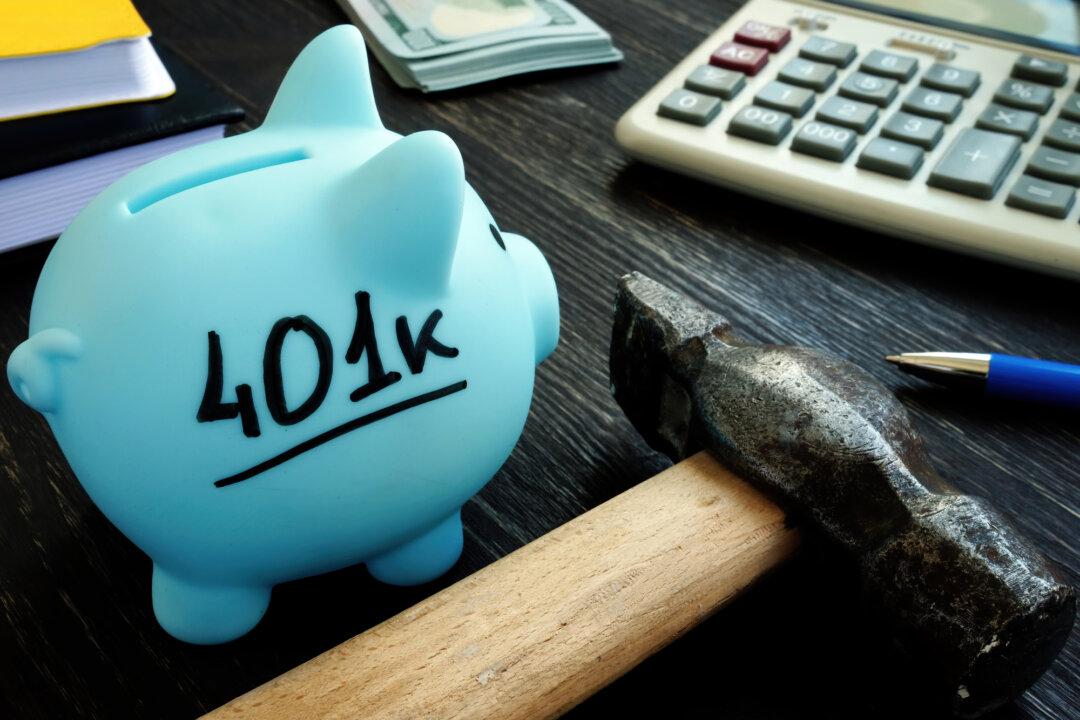
A 401(k) loan might sound like a good idea, but don’t forget to consider your future financial situation. Dreamstime/TCA
By Kathryn Pomroy
From Kiplinger’s Personal Finance
Question: I need to replace my roof and I don’t have the cash to pay for it. Should I take a loan from my 401(k)?
